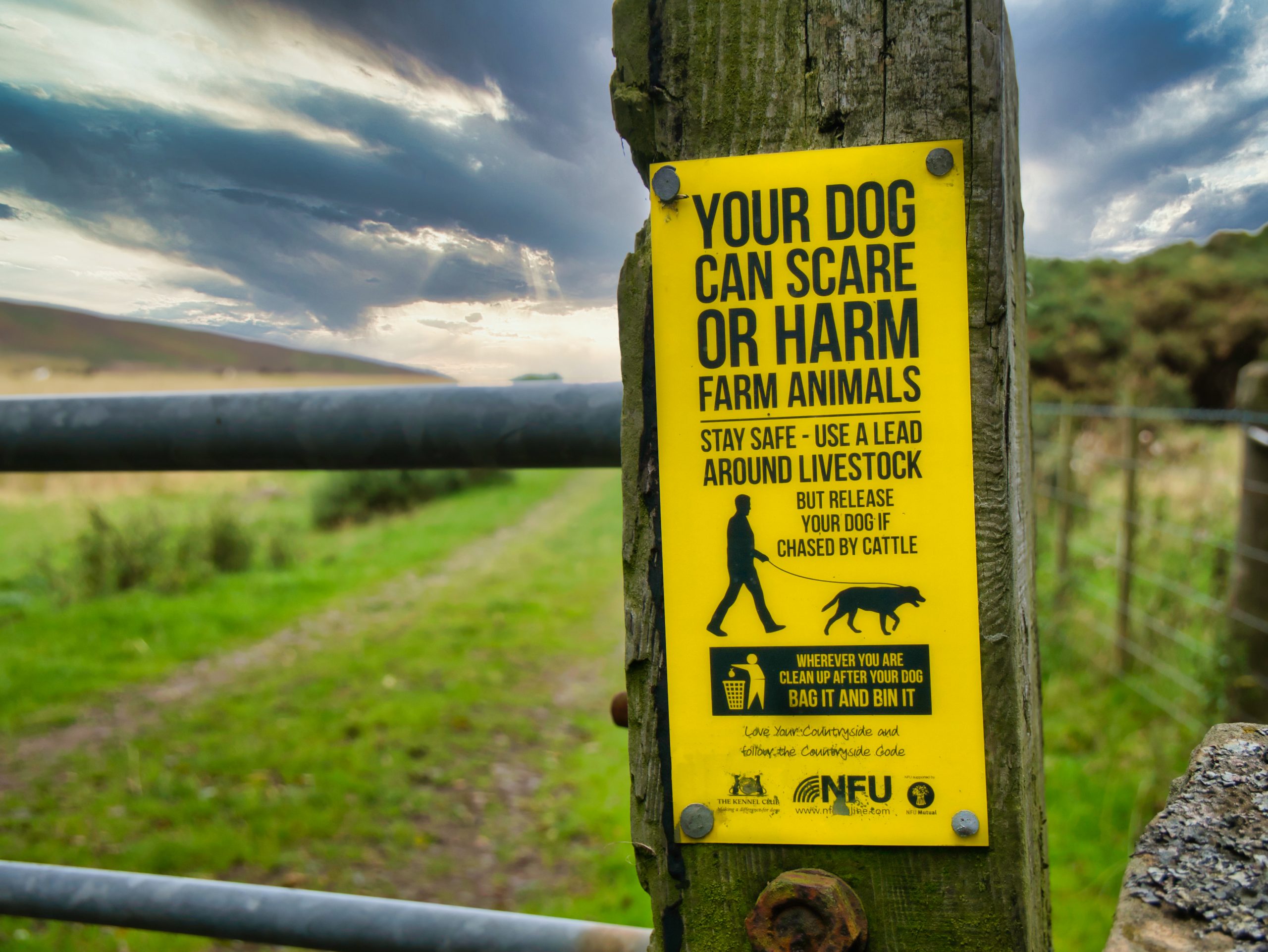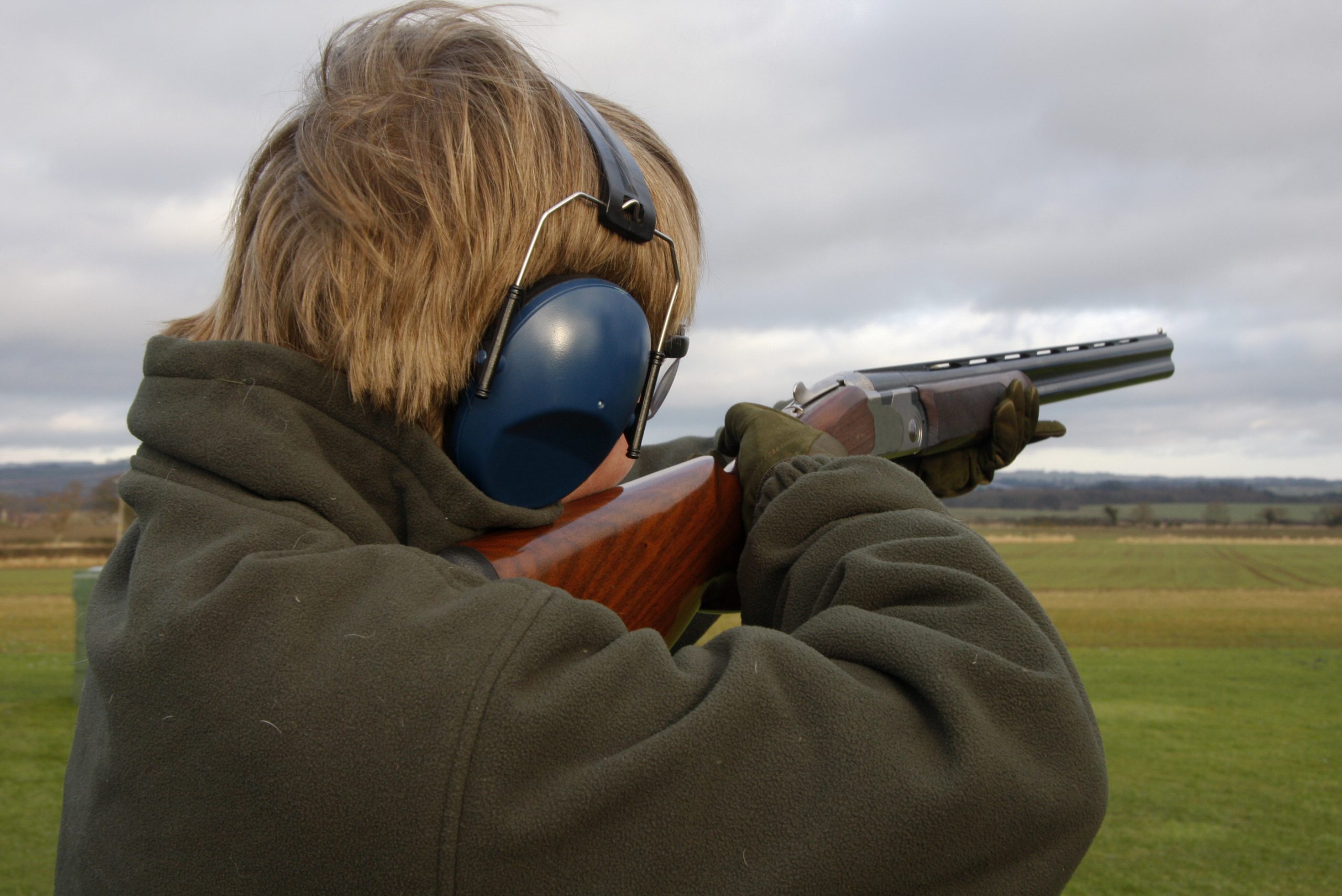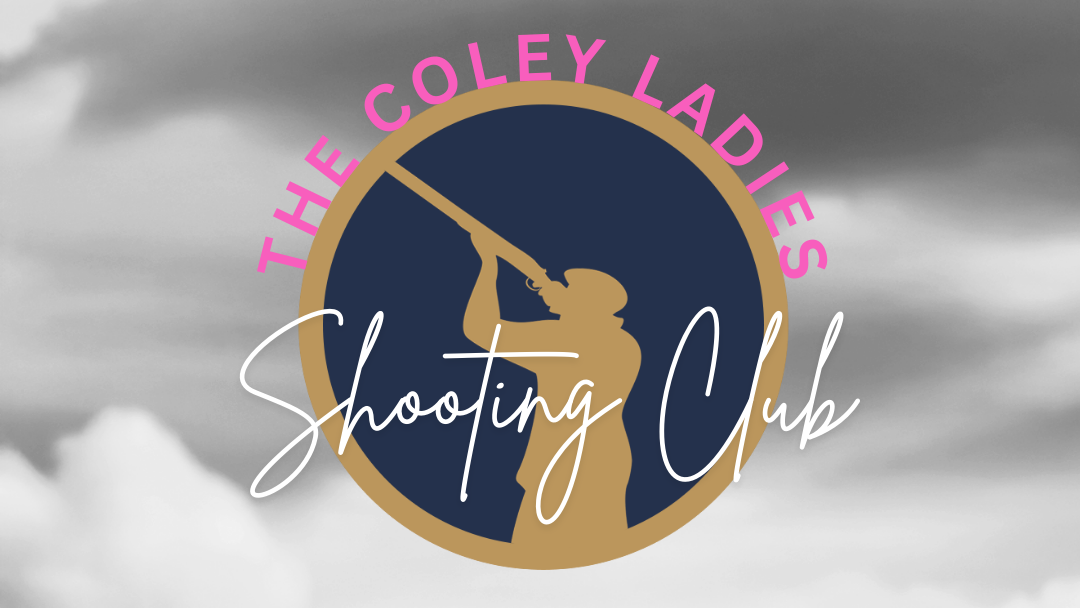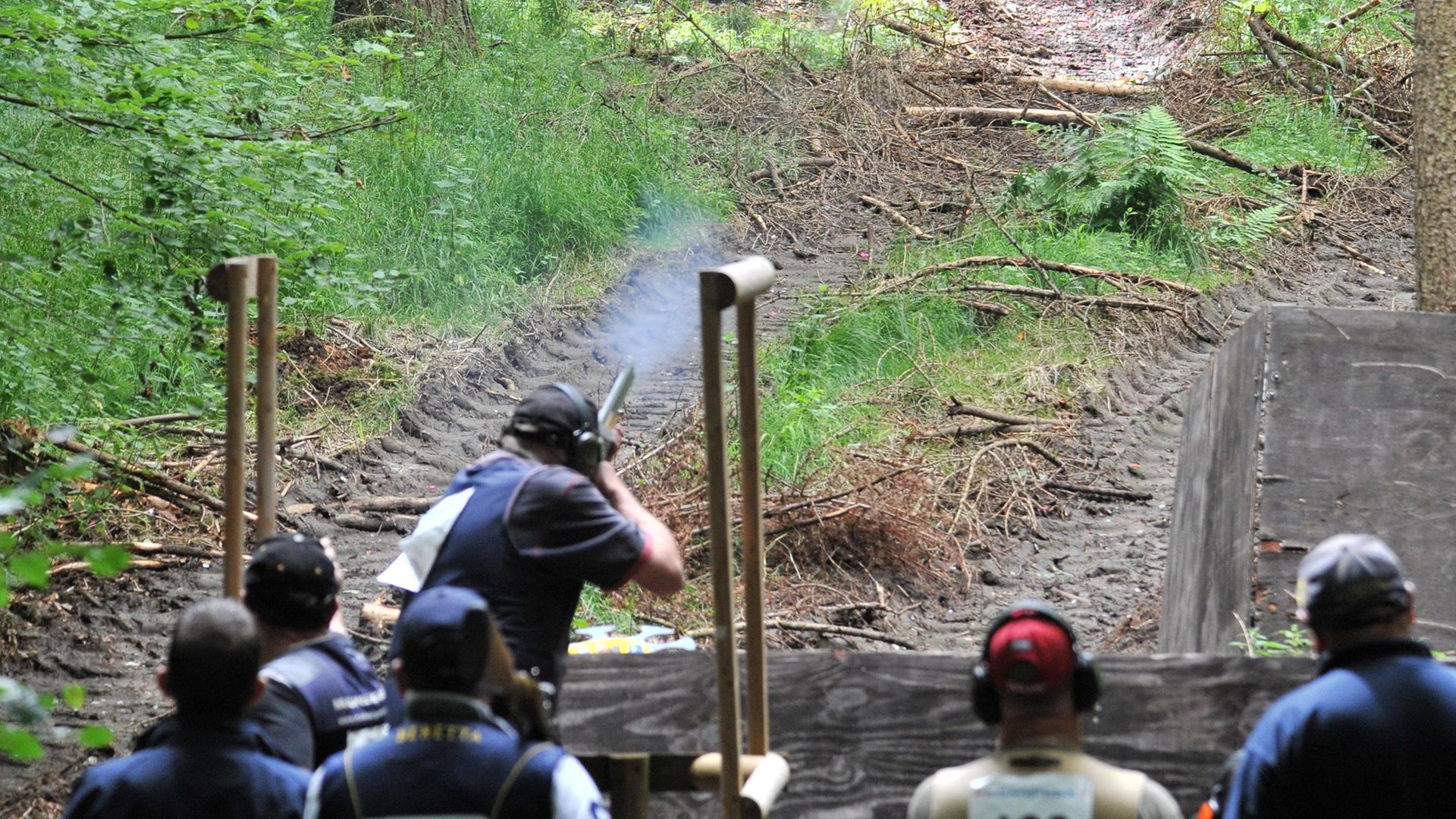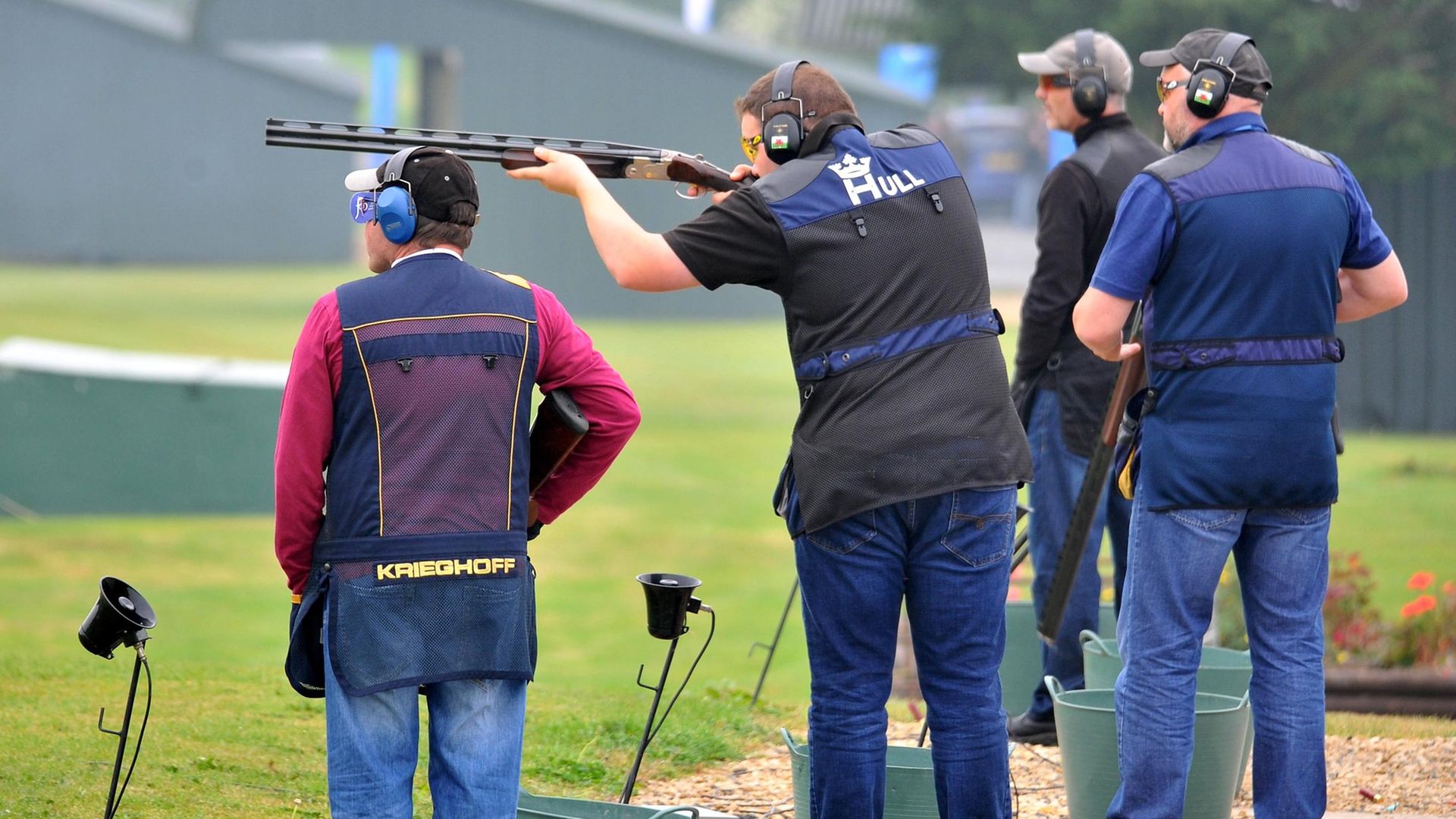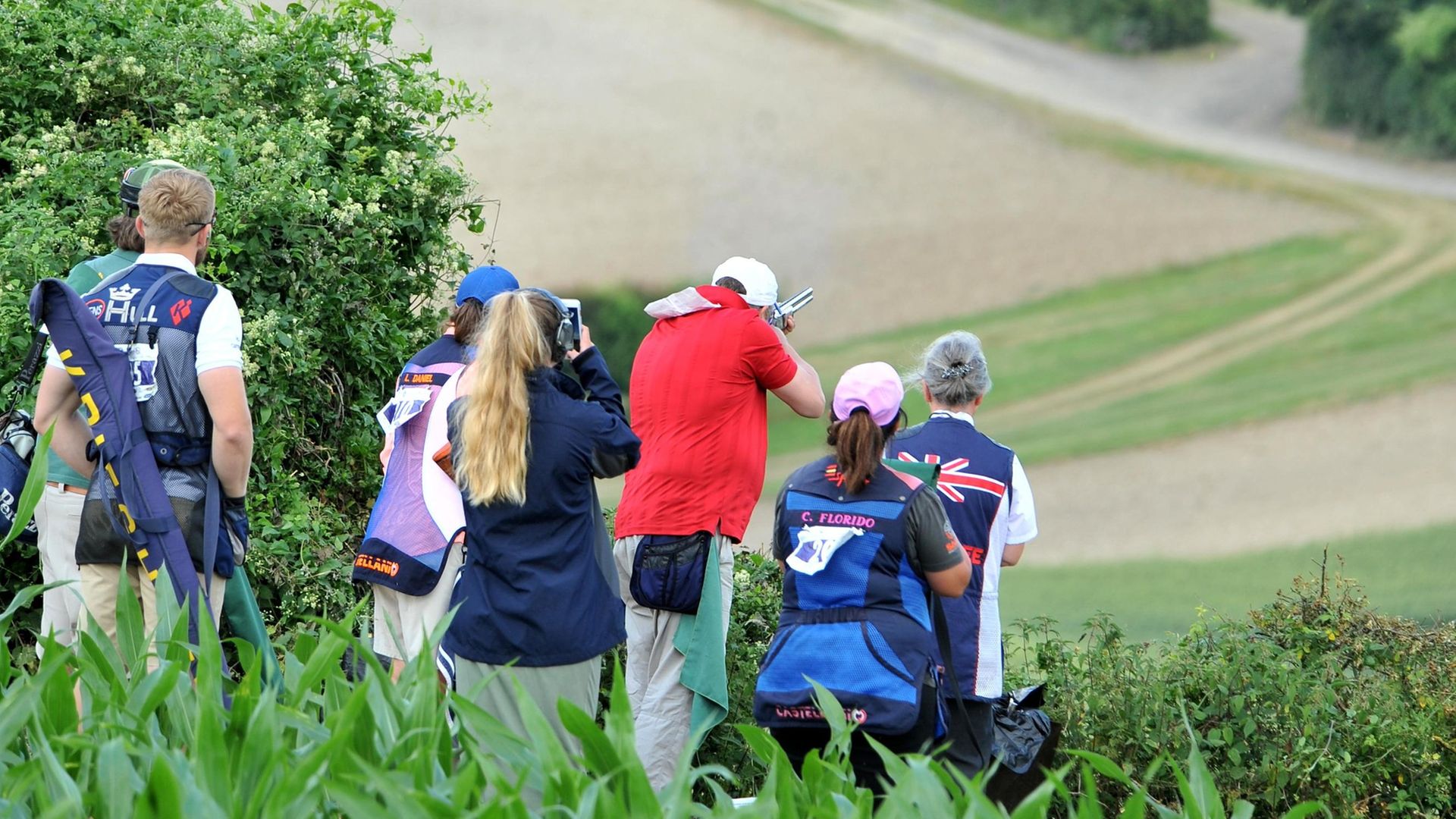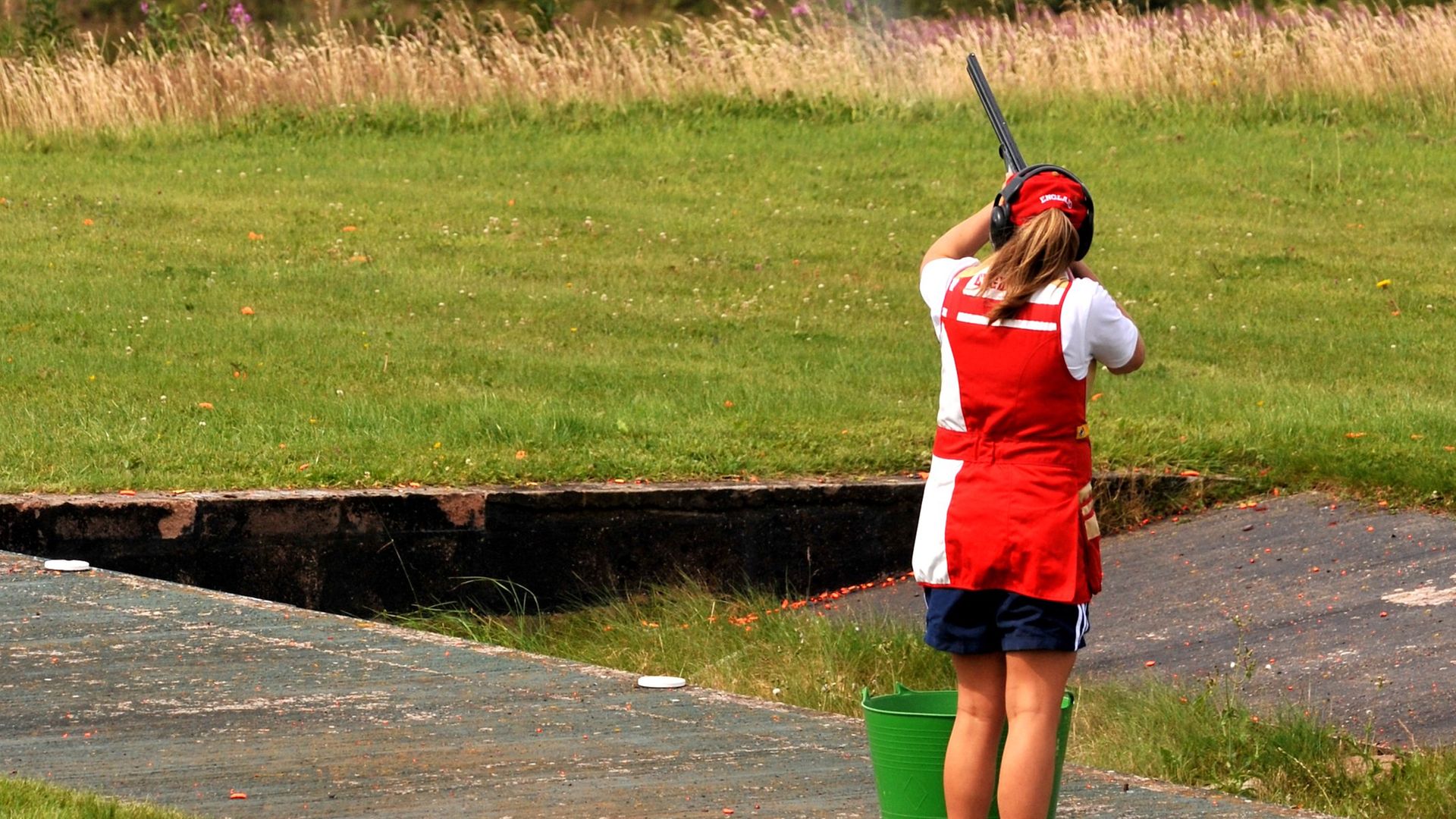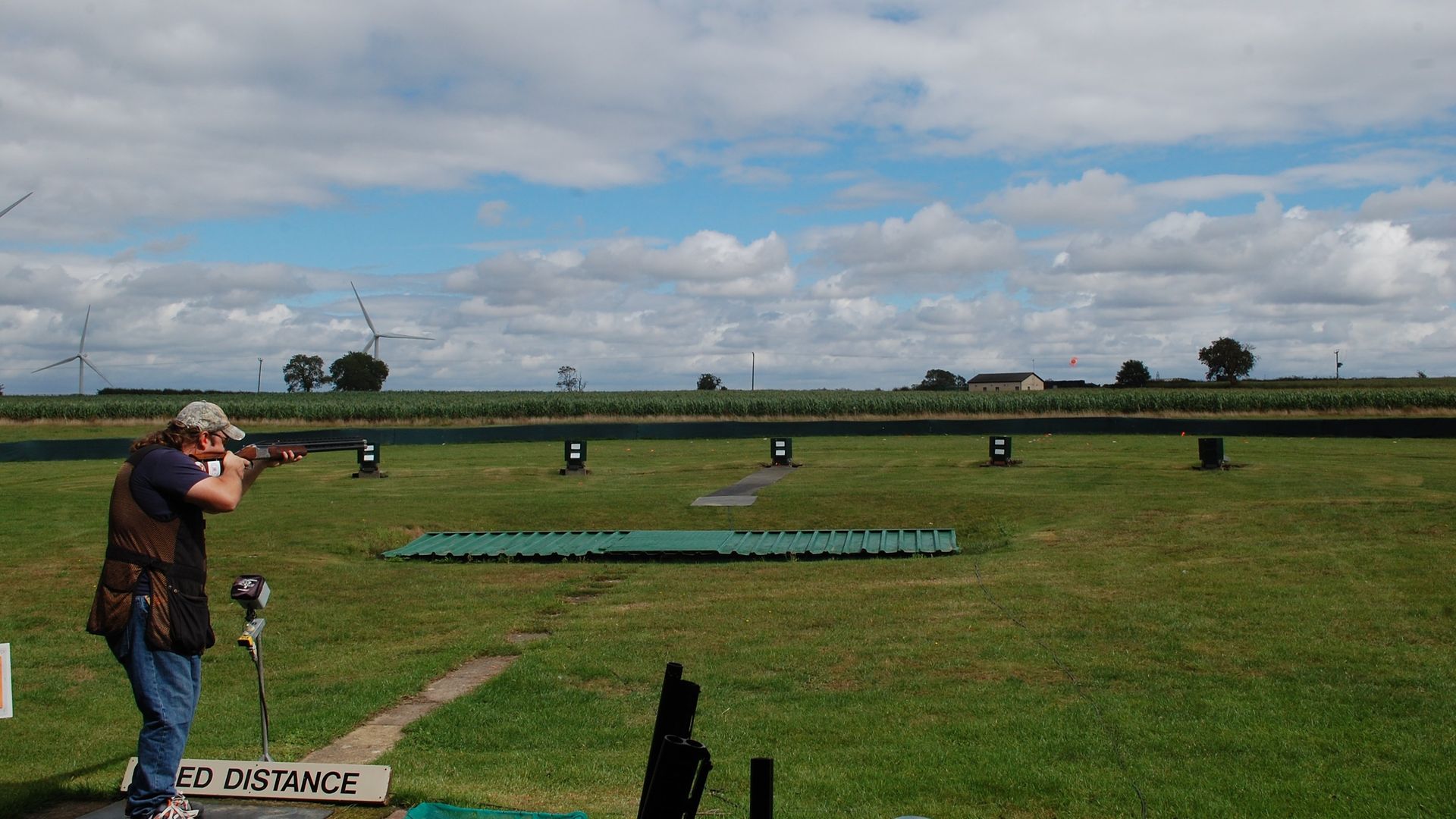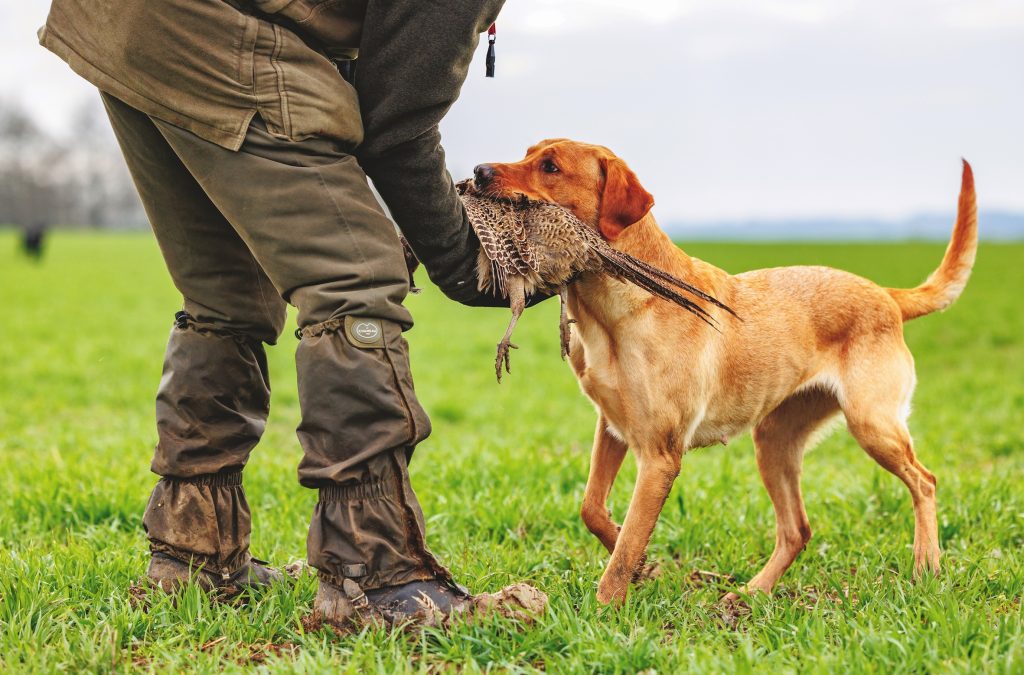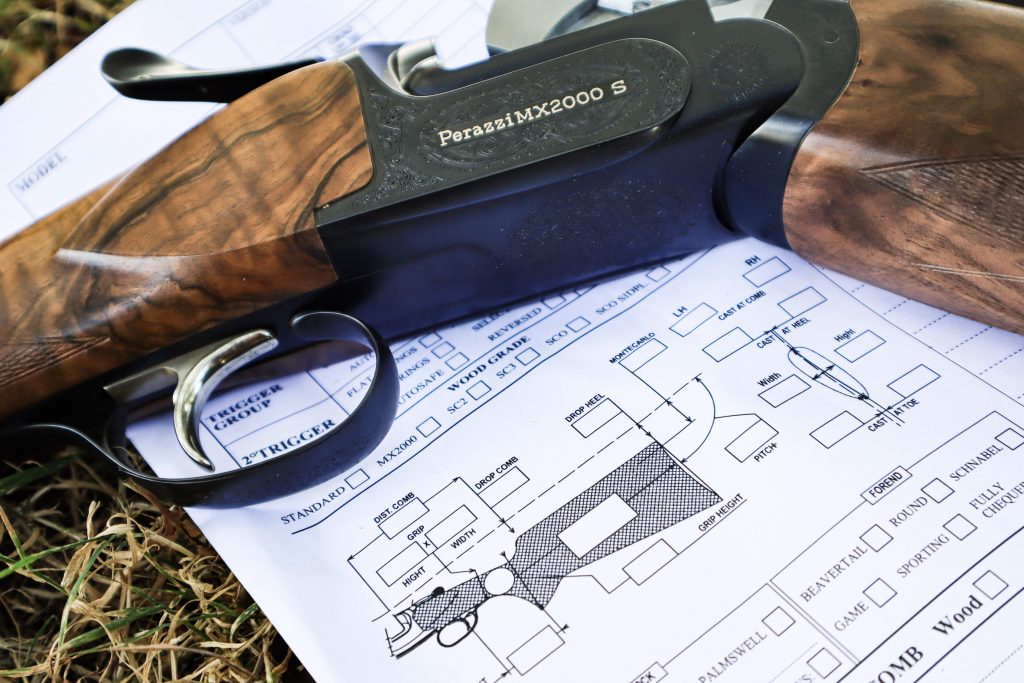2021 clay shooting participation report: which disciplines are most popular?
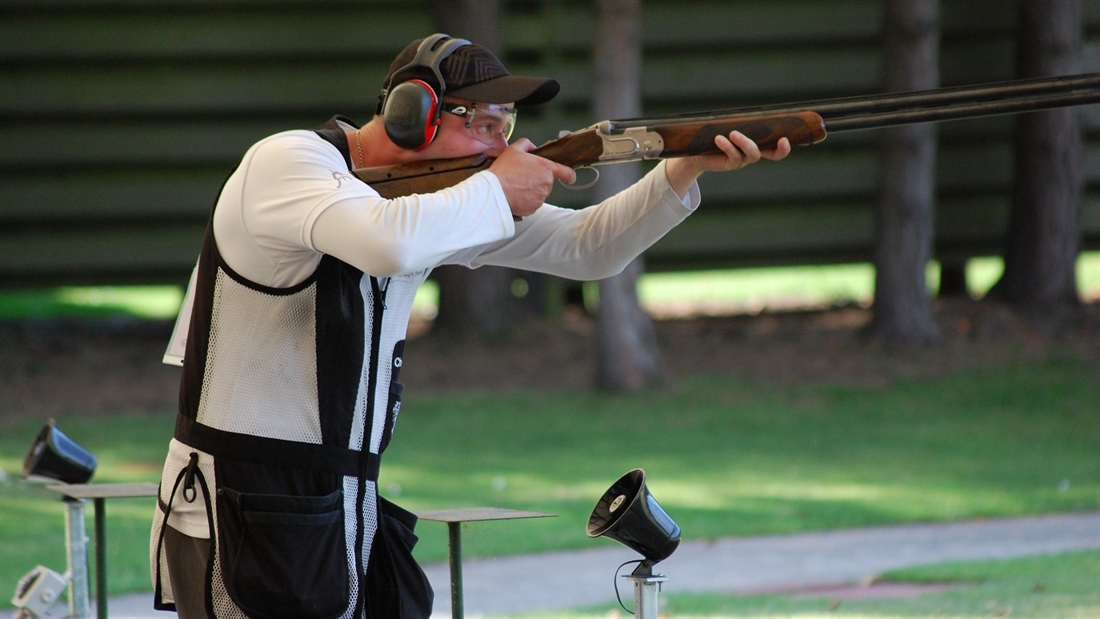
Don Brunt takes a fine-tooth comb to key participation stats to evaluate how the different clay shooting disciplines are growing in popularity… or not!
Back in 2013, I took a look at what we were shooting as a nation, examining the number of registered targets thrown by each discipline in 2012, as well as a breakdown of the numbers of individuals participating in them. Here, I revisit those numbers, updated to reflect the state of play at the end of 2019 (the 2020 numbers were badly skewed by Covid-19).
English Sporting
English Sporting was top of the heap in 2012, and further extended its lead in 2019, moving from a whopping 48% of the total targets shot to 56%. It boasts more than twice the number of shooters than its closest rival: 6,170 took part in 2019 (a massive increase on the 2012 figure of 3,934 participants), each shooting an average of 1,181 targets per year compared to 646 targets each in 2012.
With plenty of grounds across the UK catering to meet the massive demand, and an almost unlimited variety of target presentations, there is no surprise that this is where most choose to spend their weekends. Throw in the social aspect of shooting Sporting with a group of friends, and you can see why it is the most popular choice throughout the UK for competition and informal shooters alike. The sport also continues to grow at a rapid rate in terms of registered targets.
DTL (Down the Line)
As a percentage of the annual targets shot, DTL has lost considerable ground since 2012, falling from 19% of the total to just 14.7%. It is thought to be by far the most popular of the Trap disciplines, remaining an addiction to many who strive to shoot the magic 100/300 score. It is shot nationwide, with a stronger following in the Midlands and the north of England.
Once again, it is widely available, although the high levels of concentration required and the way it is shot mean that it’s less of a social activity than Sporting. They are a dedicated bunch though: 1,659 shooters each managed an average of 1,159 competition targets in 2019, versus 1,319 shooters averaging 775 targets each in 2012.
English Skeet
As a percentage, Skeet numbers continue to dwindle, showing a decline in popularity. In 2012, it was responsible for 7% of registered targets, which fell to 5.2% in 2019 – a large proportion when looking at such a small number.
In 2019, 1,208 shooters participated in English Skeet, shooting an average of 565 targets each; this does show an increase on the figures from 2012, which show 913 participants shooting an average of 410 targets each.
Many Sporting shooters try their hand at Skeet at some point in their shooting career. As well as being a great way to hone your focus and concentration, it is also good practice for Sporting targets. Widely available across the country, there are few major grounds that don’t have at least one Skeet range.
FITASC Sporting
Often described as the Formula 1 of shooting sports, FITASC takes the best of English Sporting and makes it better with masses of target variety, a lively social scene and plenty of kudos due to it being a Team GB sport.
All that comes at a price though. And it could partly be the comparatively expensive cost of participating that continues to limit numbers to just 4.4% of targets thrown vs 6% in 2012. High set-up costs, the comparatively long time it takes to shoot 100 targets and the limited numbers of grounds offering the format don’t help to boost numbers. The 1,255 (up from 874) who took part in 2019 shot on average some 461 targets vs 344 in 2012.
Sportrap
A mix of both Sporting and FITASC, Sportrap benefits from being relatively easy to set up in confined areas. The target variety is good and, like FITASC, Sportrap is shot in rounds of 25. Versions of Sportrap layouts are often used for pool shoots.
Several major grounds across the country offer it on a regular basis, as it is something of an in-between discipline. It only accounts for 6.9% of all targets, though that has increased from 5%. The average number of targets per shooter taking part has also increased from 239 to 409 per year. 2,205 took part in 2019 vs 1,052 in the earlier numbers.
ABT (Automatic Ball Trap)
Arguably a mix of DTL and Olympic Trap, this discipline offers a wide variety of unpredictable Trap targets that can tempt Sporting shooters to give it a go. Many DTL regulars are also keen supporters, though it has never had the popularity that many feel it deserves, hence it only accounts for just over 3.1% (vs 3% in 2012) of the total number. On average, 988 ABT shooters (vs 660 in 2012) worked their way through 405 in 2019 (up from 259).
All Round
There is a hard core of enthusiasts who shoot the discipline on a semi-regular basis. However, most competitors come from the other formats that make up a registered event (Sporting, Skeet and DTL). Strong in some counties but weak in others, it accounts for just under 2.1% of clays thrown (down from 3%). The nature of participation tends to be occasional, which is shown by the average clay consumption per head of just 223 (up from 188). 1,220 shooters took part in 2019 compared with 822 in 2012.
Universal Trench
Although popular on the continent, UT has never been a firm favourite of British shooters, representing fewer than 1.8% of the 2019 annual total – a decrease of almost half when compared to the 2012 figure of 3%.
Almost as tricky as Olympic Trap, an initial low score can deter people early on. The rarity of grounds equipped to provide it means that if you do want to give it a try, the chances are that you may have to drive some way to find it.
Despite this, those who do get the bug are well and truly hooked: 2019 saw 423 participants shoot an average of 561 targets per person, compared with 327 individuals shooting an average of 446 targets each.
Olympic Trap
The clue is in the title here – OT is not easy by design. And once again, people can, rightly or wrongly, be unwilling to spend their hard-earned cash on shooting low scores. It has grown marginally and now represents 2.1% of targets instead of 2%. However, the numbers participating have increased from 295 to 500. The average number of targets shot per person per year are now 558, compared to 329 in 2012.
The expense of installing OT layouts means that they are few and far between, so participation often means travelling a fair distance. It offers the chance to shoot with top international shooters, but competitions can be rather serious affairs.
Single Barrel
A version of DTL that allows just one shot at each target has a small following of 583 shooters (formerly, 565), who each shoot an average of 144 targets each year (formerly, 141), which is tiny in comparison to the discipline that spawned it. It is, however, very widely available, yet most British shooters seem to prefer the option to use the second barrel, meaning it only represents 0.6% of 2019’s total targets thrown vs 1.5% in 2012.
Skeet Doubles
Skeet Doubles is much like English Skeet but comprising of all sim pairs. It can be a fun diversion for regular Skeet shots, but only a few others dip into it on an occasional basis, which leaves it coming in at 0.4% (1% in 2012) of total targets thrown, with an average target count of 154 vs 159 in 2012. It is very widely available, as it can be shot on any Skeet range. A national participation of 363 in 2019 was tiny, even though that was up slightly on 328 in 2012.
Double Rise
Yet another version of DTL, this discipline involves, as the name suggests, throwing two DTL-type targets simultaneously. This requires specific traps, which is why few grounds offer it. 376 tried it in 2019 (up from 321), but that translated into 0.5% of all targets thrown last year vs 0.8% in 2012, with each shooting an average of 190 vs just 125 in 2012.
Olympic Skeet
Olympic Skeet is like English Skeet, only much harder to master. Consequently, many prefer to stay with the domestic discipline. Once again, a small (167 vs 138) group of enthusiasts account for 0.5% of the 2019 annual number of targets (down from 0.75% in 2012). However, they are very passionate about their chosen sport, with many harbouring ambitions of competing at international and Olympic level. They each shot an average of 390 registered targets in 2019 vs 280 in 2012.
Compak Sporting
Compak Sporting has grown from nothing in recent years to a point where 801 shooters took part in 2019. This number, however, only represented 1.7% of all targets thrown, with an average of 270 targets shot at by each participant. It will be interesting to see how this more varied but arguably more complicated version of Sportrap fares in coming years.
Helice
Helice is the second smallest discipline in terms of annual participation (166); Handicap by Distance (49) is the smallest. Although an interesting test of reflex, the high cost of both participating and setting up has limited its appeal. The limited number of targets shot at each event and the tiny number of venues that offer it are also seen as barriers to entry by many shooters. No data was available in the 2012 numbers to show whether it is growing or in decline.
Summary
This data shows there are larger numbers of targets being shot per person in most of the disciplines, along with higher levels of participation in the majority of them. Sportrap has clearly grown, as has Compak Sporting, while DTL, Skeet and FITASC seem to have lost the most. The latter’s decline can perhaps be attributed to a switching across to Compak Sporting.
There can be little doubt that English Sporting is the most popular discipline, throwing the greatest number of targets and having participation levels so high they dwarf all the other disciplines. In 2019, a total of 7,285,122 registered English Sporting targets were thrown, which was close to two million more than the number that the entire sport of registered clay pigeon shooting threw in 2012 (5,287,125 vs a total across the disciplines of 13,077,123 in 2019). Remember also that those registered targets only demonstrate a tiny percentage of the clays used in practice and unregistered grounds throughout the country.
With such high levels of growth and popularity, English Sporting is the leviathan of the industry. The future for DTL and Skeet look slightly bleak, but perhaps the trends shown here won’t continue on a downwards trajectory.
Overall, the sport was in good health at the end of 2019, having seen massive increases in the number of targets being shot and a substantial increase in active CPSA members, whose numbers increased from 5,833 in 2012 to 8,489, shooting an increased average of 1,540 targets each compared with 906 in 2012.
The work of clay grounds around the country to encourage new shooters into the sport, develop their skills and enthusiasm, and encourage them to take part in competition shooting is clearly paying off. The continuing work of the CPSA and the increased awareness and knowledge being offered to a wider audience, thanks to the internet and publications like this one, suggested that the future would have been bright and that 2020 should have seen further increases. However, the effects of Covid-19 on the industry as a whole will take time to make themselves apparent. Once the economy reopens, fingers crossed clay shooting as a sport and as an industry will bounce back quickly and continue its positive growth.
Individuals shooting registered events…
In 2012: 5,833
In 2019: 8,489
All figures used in this article were sourced from the CPSA

